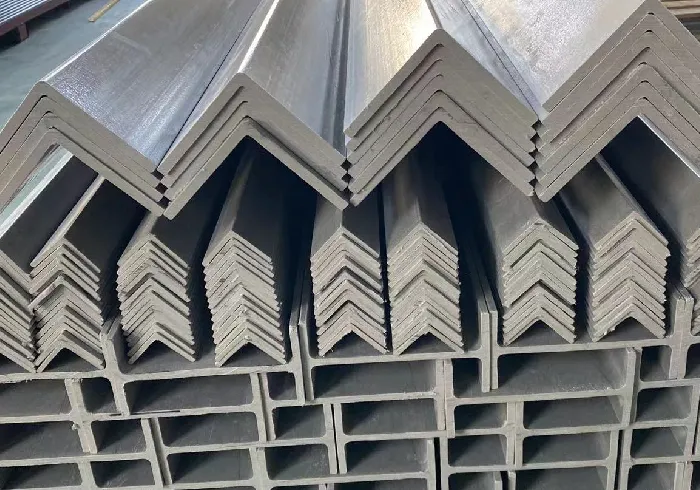loading...
- No. 9, Xingyuan South Street, Dongwaihuan Road, Zaoqiang County, Hengshui, Hebei, China
- admin@zjcomposites.com
- +86 15097380338
- Welcome to visit our website!
frp molded grating
Understanding FRP Molded Grating A Comprehensive Overview
FRP (Fiberglass Reinforced Plastic) molded grating is an innovative product that has gained significant traction across various industries due to its exceptional properties and advantages. Combining strength, lightweight design, and resistance to corrosion, FRP molded grating has emerged as a preferred choice in environments that present challenges for traditional materials like steel or wood. This article aims to explore the characteristics, benefits, applications, and future prospects of FRP molded grating.
What is FRP Molded Grating?
FRP molded grating is manufactured through a unique process that involves the use of fiberglass reinforcement embedded in a thermosetting resin. This method creates a matrix that is not only strong but also lightweight and versatile. The grating can be molded into various shapes and sizes, accommodating a wide range of requirements across different sectors.
Key Characteristics
1. Corrosion Resistance One of the most significant advantages of FRP molded grating is its resistance to corrosion. Unlike traditional metals that can rust and degrade in harsh environmental conditions, FRP retains its integrity even in chemically aggressive environments. This makes it particularly valuable in industries like chemical processing and wastewater treatment.
2. Weight FRP molded grating is considerably lighter than metals, making it easier to handle and install. This characteristic is especially beneficial in applications where weight restrictions are critical, such as in the construction of walkways and platforms.
3. Strength Despite being lightweight, FRP molded grating exhibits remarkable strength. It can bear heavy loads without bending or deforming, making it an effective choice for industrial applications and heavy traffic areas.
4. Non-Slip Surface The surface of FRP molded grating can be designed to provide excellent traction, reducing the risk of slips and falls in wet or oily conditions. This safety feature is vital for applications in marine environments, food processing, and other areas where slippery surfaces can pose dangers.
frp molded grating

5. UV Resistance The materials used in FRP molded grating are resistant to ultraviolet (UV) rays, helping to prevent degradation from exposure to sunlight. This property extends the lifespan of the product, making it suitable for outdoor applications.
Applications of FRP Molded Grating
The versatility of FRP molded grating enables its use in a myriad of settings
- Industrial Facilities Often found in chemical plants, refineries, and power generation facilities, FRP grating is used for walkways, platforms, and drainage covers due to its strength and corrosion resistance. - Marine Structures Its lightweight nature and non-slip properties make FRP molded grating ideal for use on boats, docks, and marinas.
- Water Treatment In wastewater treatment facilities, FRP grating is commonly utilized for access platforms and walkways, where exposure to chemicals and moisture is prevalent.
- Public Infrastructure FRP molded grating can be seen in public parks, bridges, and pedestrian walkways, where safety and durability are demanding factors.
Future Prospects
As industries continue to focus on sustainability and efficiency, the demand for materials like FRP molded grating is expected to grow. Its eco-friendly manufacturing process, coupled with its long lifespan and low maintenance requirements, positions it as a viable alternative to traditional materials. Furthermore, ongoing advancements in technology and material science may enhance the properties of FRP molded grating, broadening its application possibilities.
In conclusion, FRP molded grating represents a significant advancement in materials technology. With its unparalleled resistance to corrosion, lightweight design, strength, and versatile applications, it stands as an essential component in modern industrial practices. As we move towards a more sustainable future, such innovations will play a crucial role in addressing the challenges faced by various sectors.
-
The Rise of FRP Profiles: Strong, Lightweight, and Built to LastNewsJul.14,2025
-
SMC Panel Tanks: A Modern Water Storage Solution for All EnvironmentsNewsJul.14,2025
-
GRP Grating: A Modern Solution for Safe and Durable Access SystemsNewsJul.14,2025
-
Galvanized Steel Water Tanks: Durable, Reliable, and Ready for UseNewsJul.14,2025
-
FRP Mini Mesh Grating: The Safer, Smarter Flooring SolutionNewsJul.14,2025
-
Exploring FRP Vessels: Durable Solutions for Modern Fluid HandlingNewsJul.14,2025
-
GRP Structures: The Future of Lightweight, High-Performance EngineeringNewsJun.20,2025
